windmill palm hardiness
cycadjungle
16 years ago
Featured Answer
Sort by:Oldest
Comments (19)
flattie
16 years agoRelated Professionals
Fort Lee Landscape Architects & Landscape Designers · Buford Landscape Contractors · Berkley Landscape Contractors · Clearlake Landscape Contractors · Eagle Landscape Contractors · Hickory Hills Landscape Contractors · Melrose Park Landscape Contractors · San Pedro Landscape Contractors · Woodland Landscape Contractors · 07920 Landscape Contractors · Hammond Window Contractors · Muncie Window Contractors · Tamarac Window Contractors · Elkridge Window Contractors · Brookhaven Outdoor Lighting & Audio Visual Systemsislandbreeze
16 years agoalex_7b
16 years agomike-jaramillo
16 years agotheyardman
16 years agothe_virginian
16 years agoJohnnieB
16 years agotheyardman
16 years agoblondboy47
16 years agothe_virginian
16 years agopricklypearsatx
16 years agoUser
16 years agotrachy_matt
16 years agotopher2006
16 years agopalmcityfl
16 years agofamartin
8 years agolast modified: 8 years agoRob Raucci
6 years agolast modified: 6 years agoHU-901176616
3 years ago
Related Stories

LANDSCAPE DESIGNCelebrate a Sunny Climate With the Right Leafy Palm for Your Site
So you get freezes or floods. So your garden is small. These palms send excuses riding off into the tropical sunset
Full Story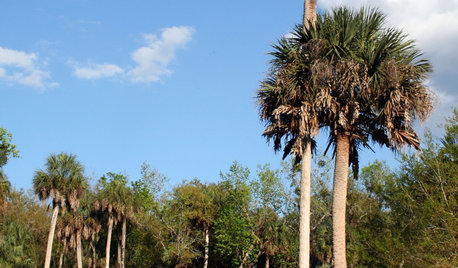
TREESGreat Design Plant: Sabal Palm Enchants in Balmy Sites
Towering and tolerant, this tree blends in, stands out and happily stars in vacation photos
Full Story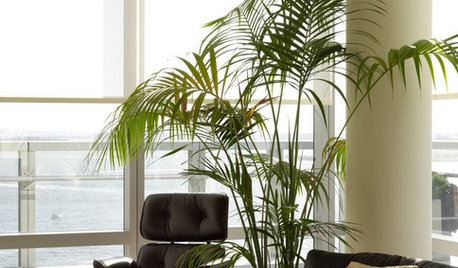
DECORATING GUIDESPalm Trees Take Interiors on a Tropical Vacation
Conjure a sultry vibe or bring welcome life to modern rooms. Whatever your interior design style, palm trees are the ticket to enhancing it
Full Story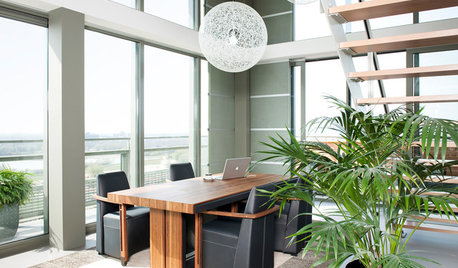
HOUSEPLANTSMeet a Palm That's Fine With Fluorescent Light
Get the look of the tropics without the full-on sun and high humidity — parlor palm tolerates regular indoor conditions with aplomb
Full Story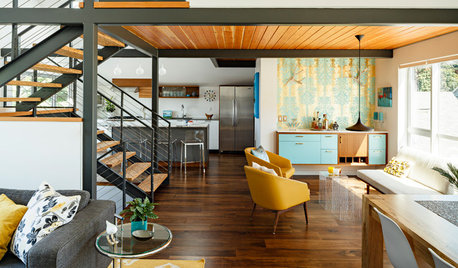
HOUZZ TOURSHouzz Tour: A Seattle Remodel Channels Palm Springs
Indoor and outdoor living merge atypically in this Pacific Northwest home, thanks to California-style updates
Full Story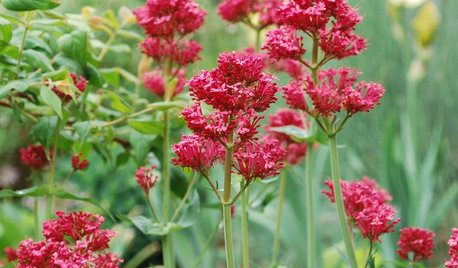
GARDENING GUIDES6 Lovely Water-Wise Perennials for High Altitudes
Even if your climate is cold and dry, you can still celebrate spring with these hardy and colorful perennials
Full Story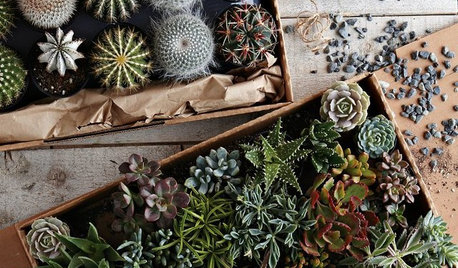
PRODUCT PICKSGuest Picks: An Arsenal for Urban Gardeners
Stake a claim to a spot of green in the urban jungle with these gardening tools, hardy plants, containers and more
Full Story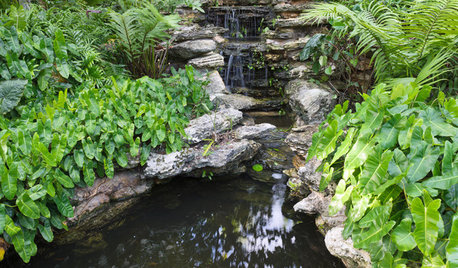
LANDSCAPE DESIGNRecipe for Tropical Edible Garden Style
Appeal to exotic good taste with fruit trees, palms and tropical look-alikes in your temperate-climate garden
Full Story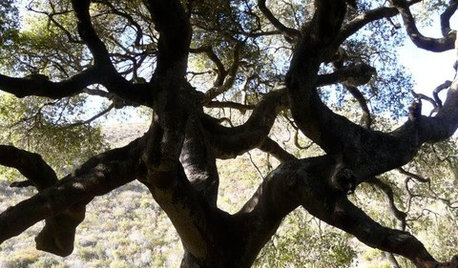
GARDENING AND LANDSCAPINGArbor Day Applause: Iconic Los Angeles Trees
Step aside, palm trees. California's native trees offer landscapes a huge variety of styles, personas and foliage
Full Story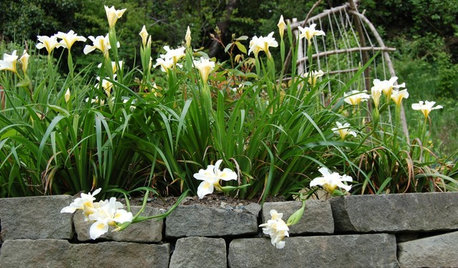
GARDENING GUIDESTop 10 Native Plants for the Pacific Northwest
More than just gorgeous and adaptable, these standout plants convey a sense of place
Full StorySponsored
Zanesville's Most Skilled & Knowledgeable Home Improvement Specialists
More Discussions






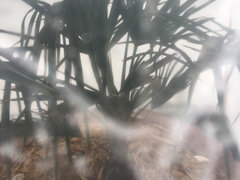
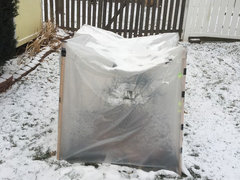
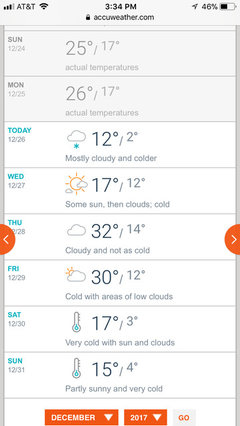
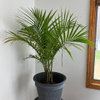
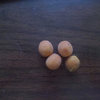
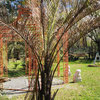
Downeastmd